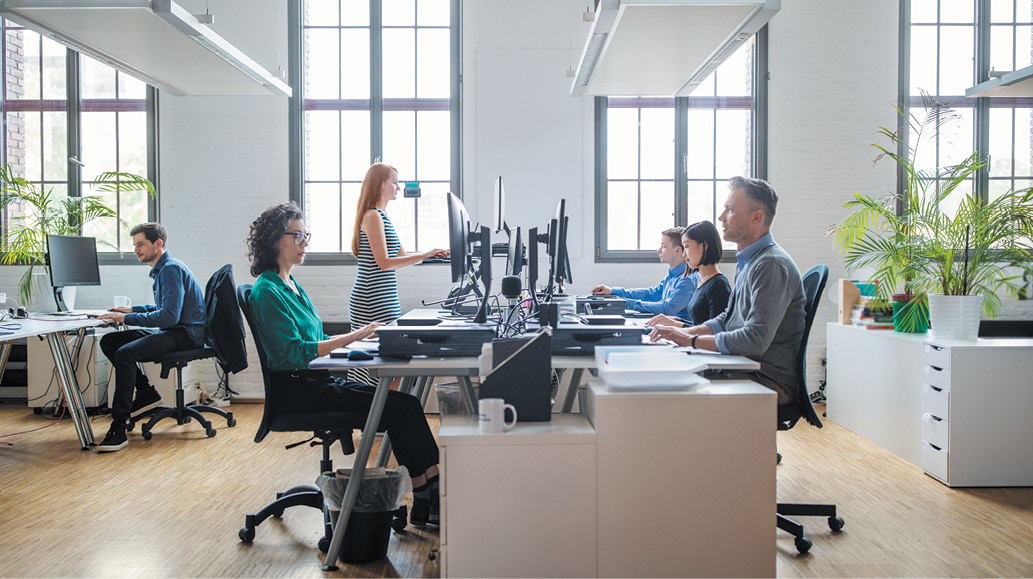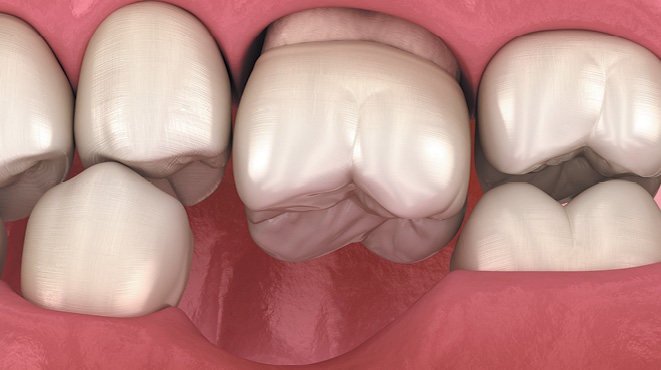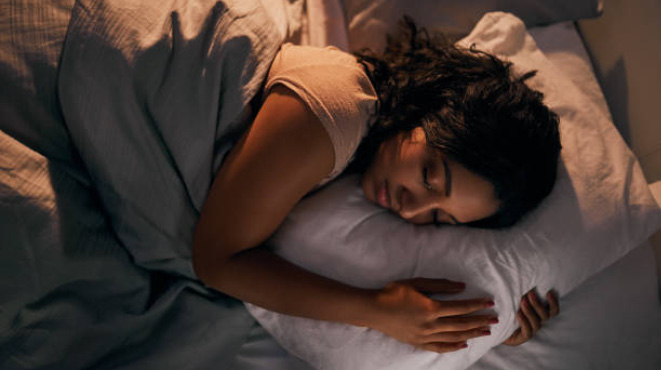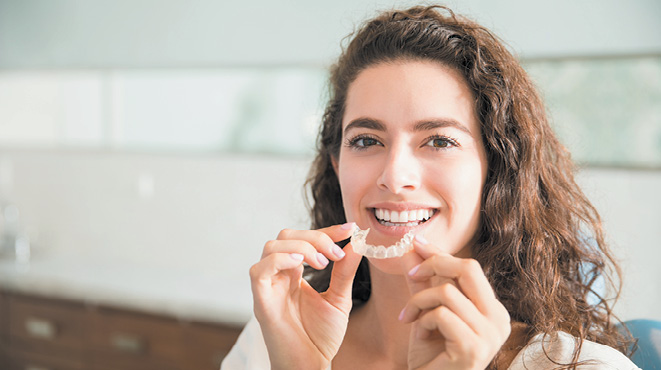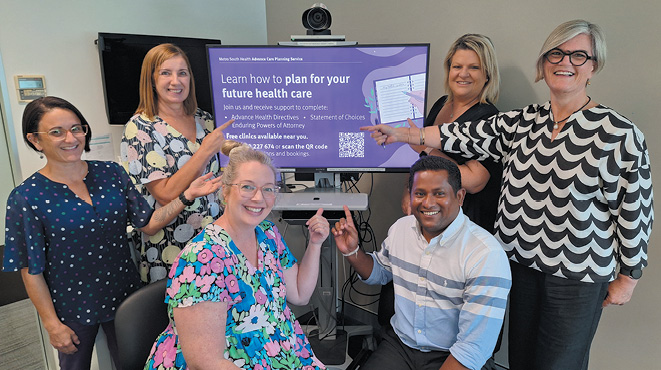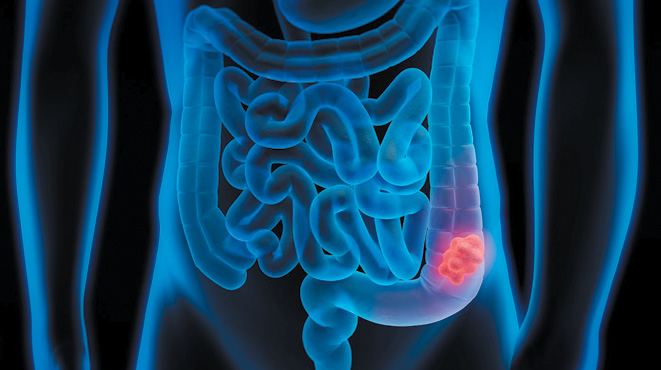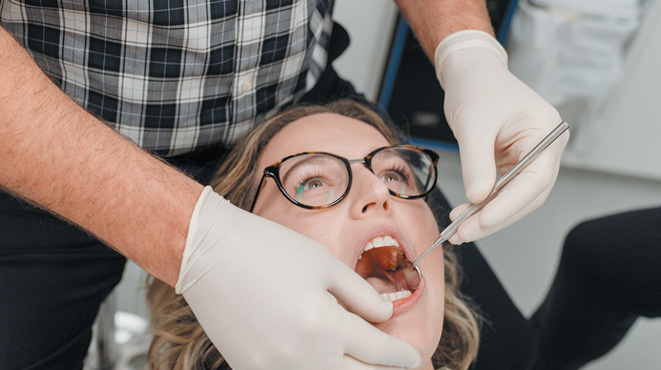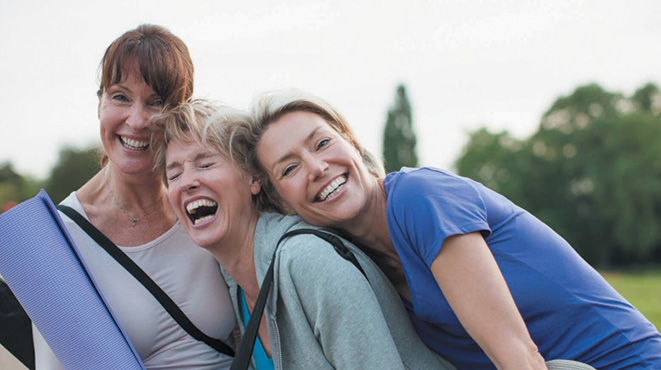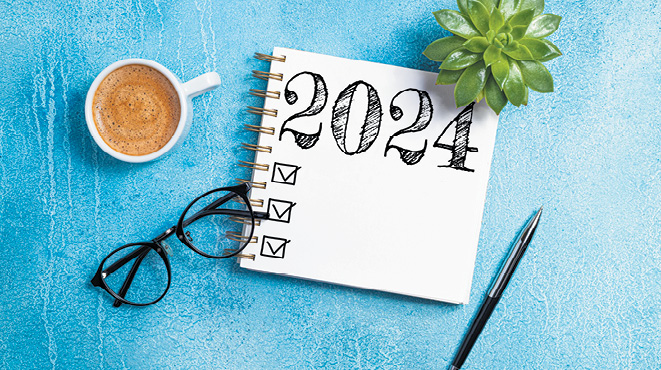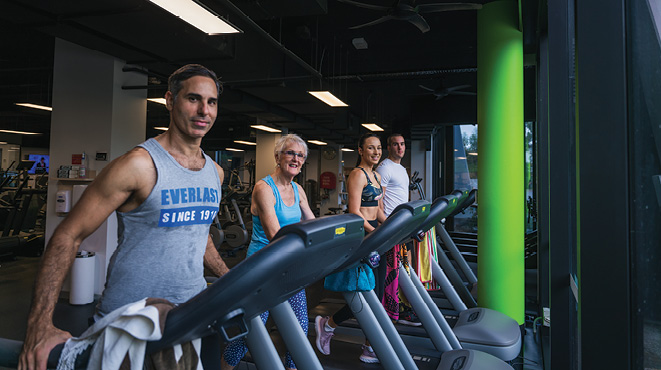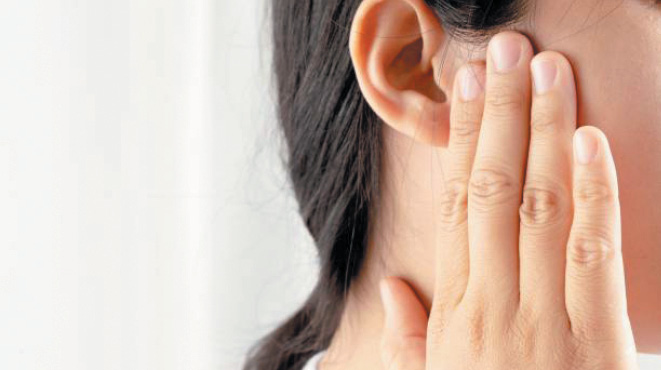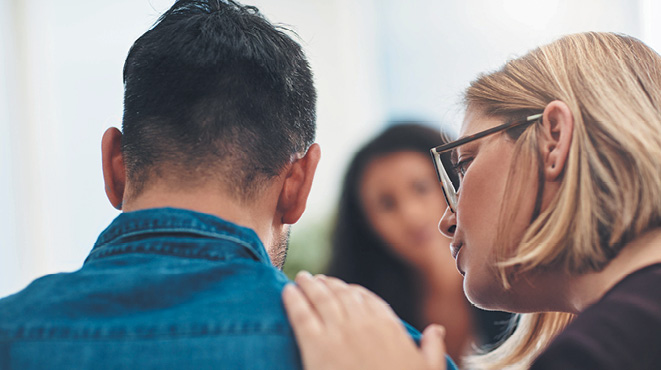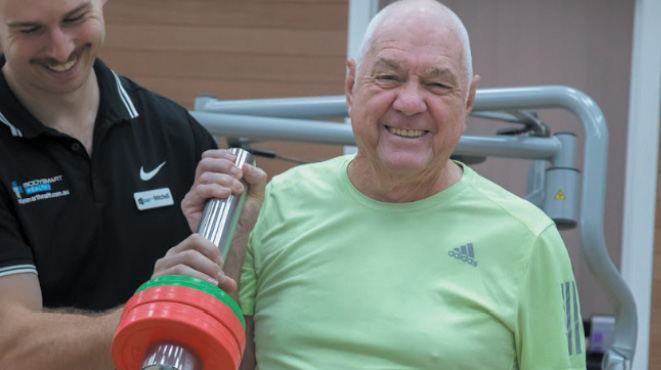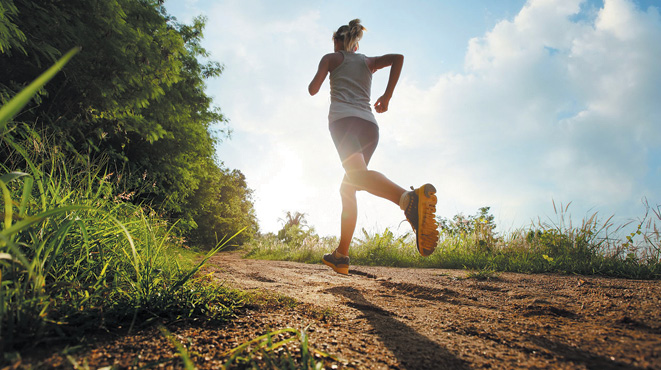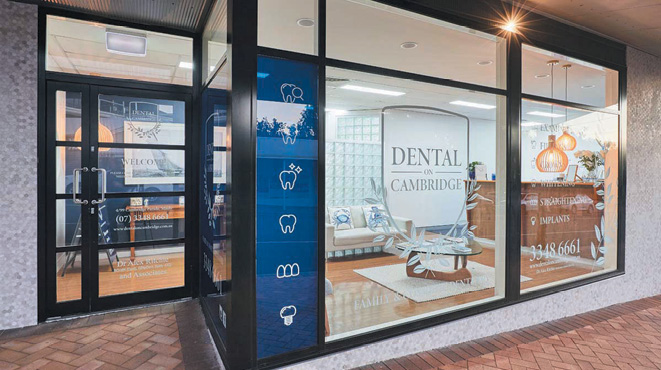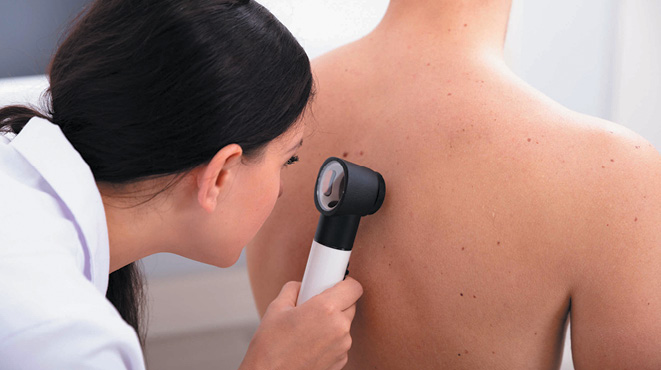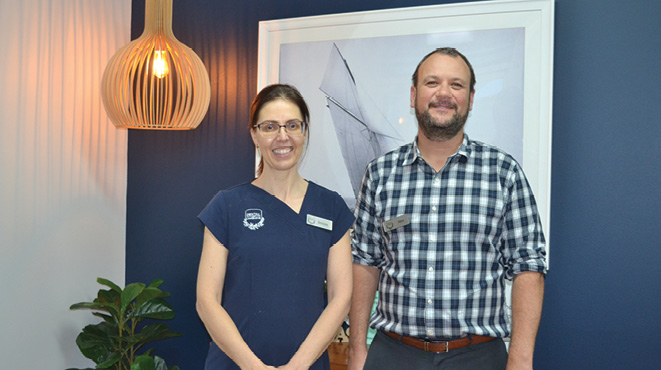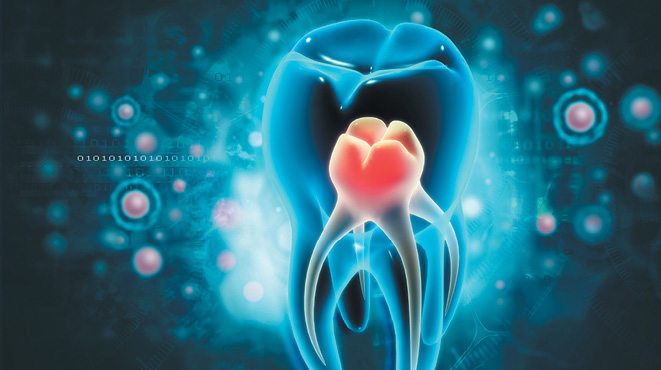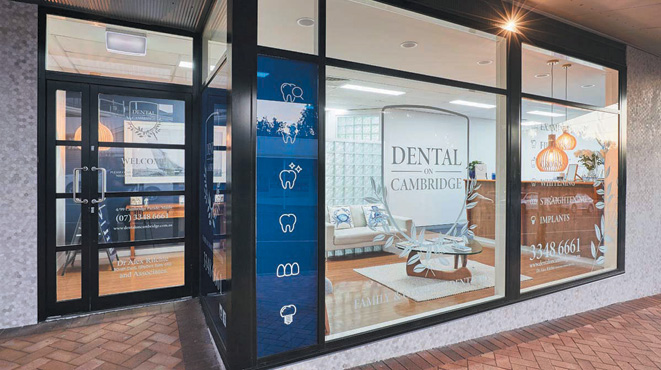BY JARROD BLACK, EXERCISE PHYSIOLOGIST, MANLY VILLAGE MEDICAL
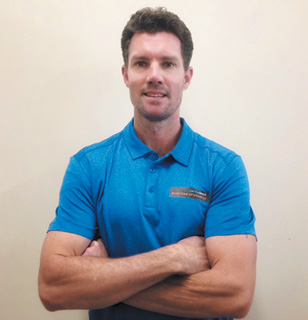 The humble chair has been around for centuries. Early Egyptian and Chinese cultures used it as a symbol of great authority, with only kings, dignitaries or the very wealthy able to afford one. Not until the 1880s did chairs become common in American households. Even then, they were only used for sitting down to eat dinner.
The humble chair has been around for centuries. Early Egyptian and Chinese cultures used it as a symbol of great authority, with only kings, dignitaries or the very wealthy able to afford one. Not until the 1880s did chairs become common in American households. Even then, they were only used for sitting down to eat dinner.
Before computers and advances in machinery, much of the workforce was involved in manual tasks which involved walking, carrying bulky objects, and operating hand tools. With the advent of modern technology, a lot of these tasks are now done sitting at a desk in front of a computer. Australian statistics show that 68.5% of the workforce are either sedentary or have very low levels of activity. Essentially, we go to work and sit for eight hours, and that is having serious effects on our health.
Sedentary occupations can lead to chronic conditions such as obesity, diabetes, hypertension and even early mortality. Other common risks associated with desk-bound workers are repetitive strain injuries and musculoskeletal issues such as neck and back pain. These risks can be reduced by buying quality chairs, using sit-to-stand desks and regular exercise. When people are sitting for prolonged periods of time, it can cause muscles to shorten and joints to become stiff, reducing range of motion. This can lead to a vicious cycle of increased pain and even less movement.
There are some simple changes to your lifestyle, and in particular, work habits that can negate a lot of these problems:
- Get off your bus or train a stop earlier to increase walking before and after work.
- At lunchtime take a walk around the block or walk and talk on the phone.
- When getting up to use the printer/fax etc., do an extra lap or two of the floor you’re on to stretch out.
- Every hour or two get up and perform a stretching/mobility routine focusing on the hip flexors, glutes and posture muscles of the middle back.
For more information, visit https://exerciseright.com.au/ or for an individualised exercise program, book an appointment with your local exercise physiologist.


